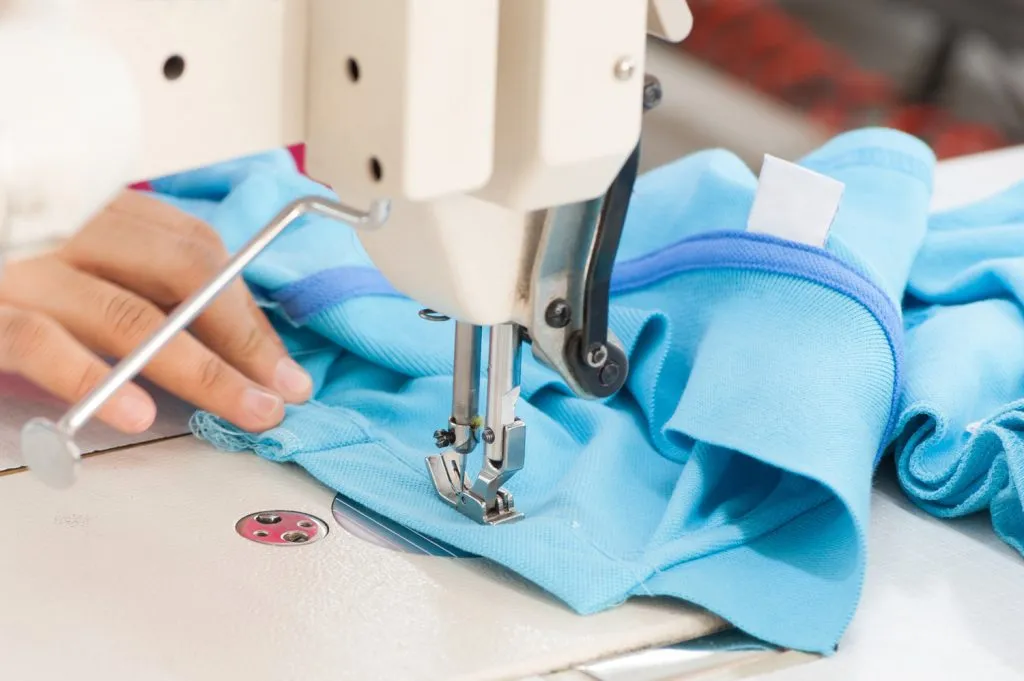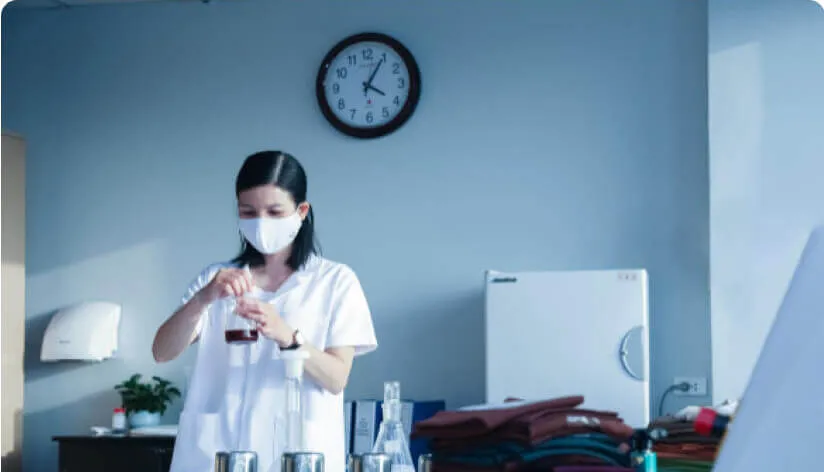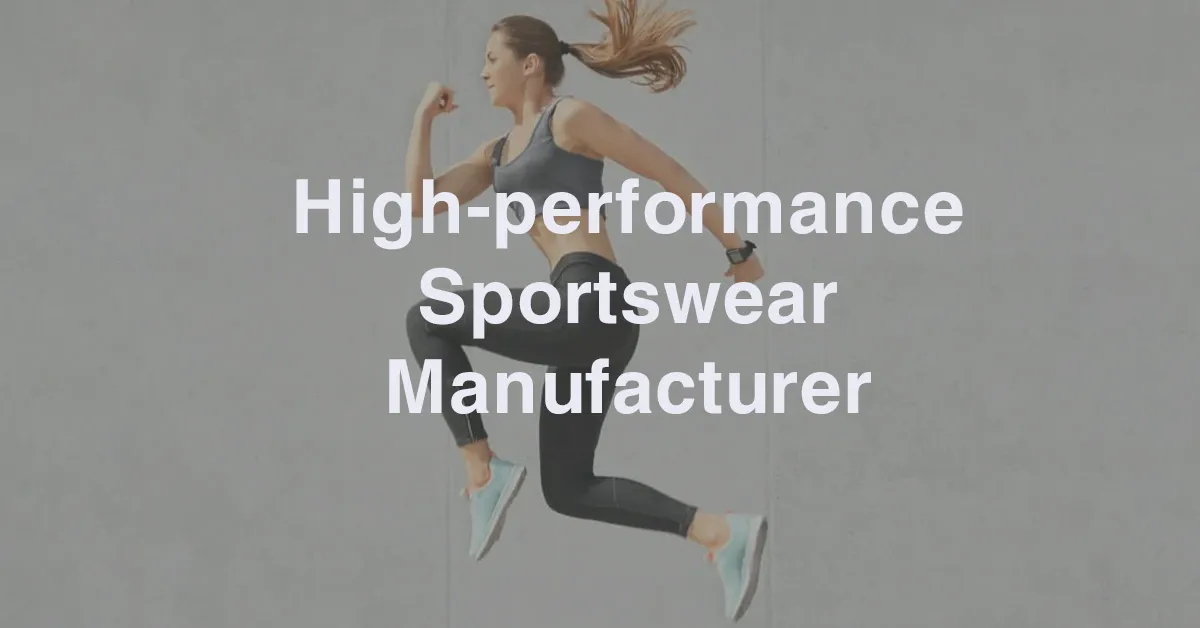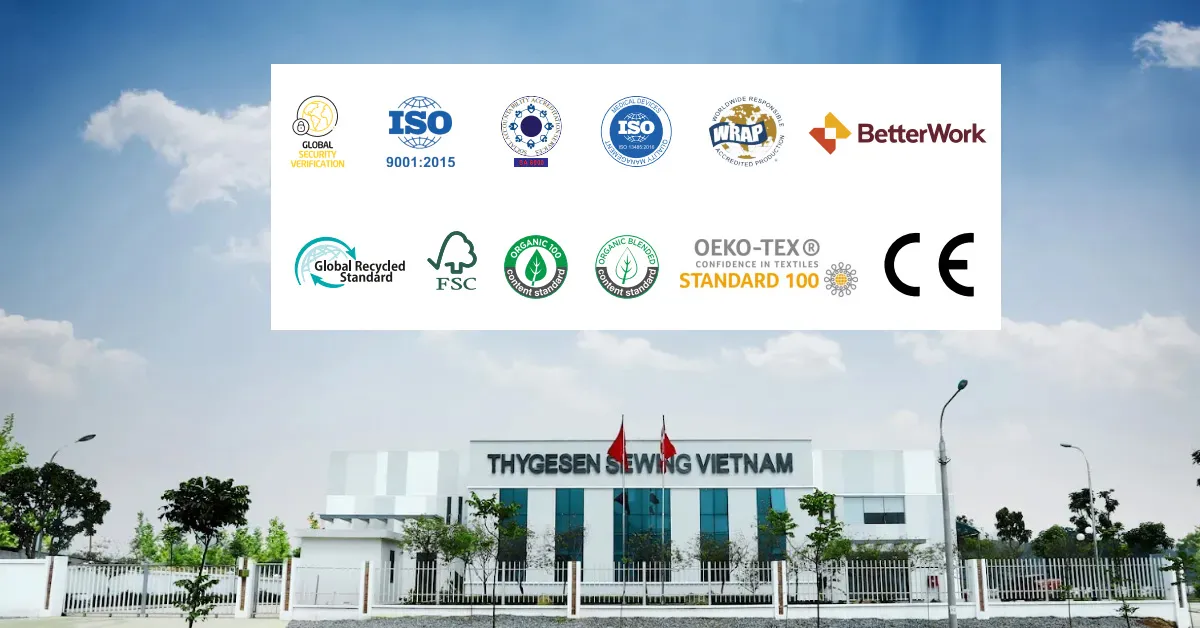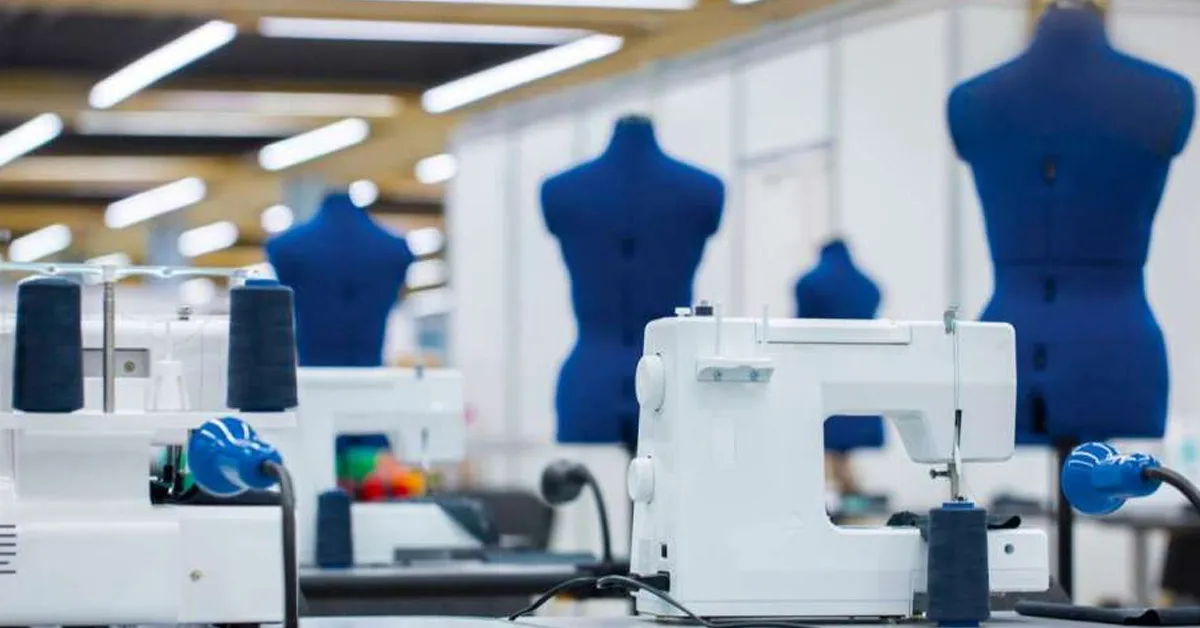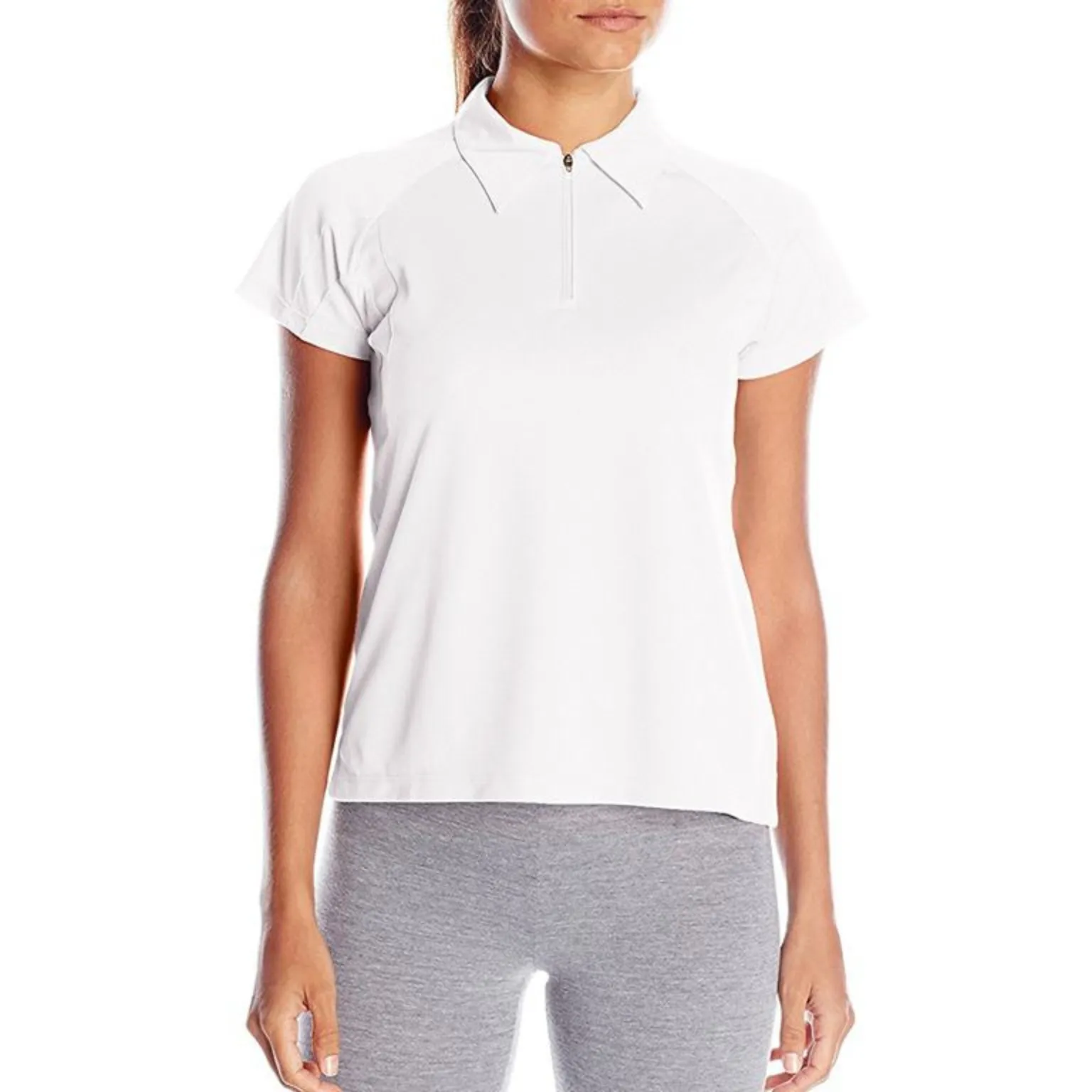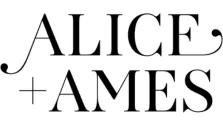The current garment industry not only meets the needs of our people but also plays an important role in the country’s economy. The garment industry needs a lot of manpower in many different departments with different levels to provide enough supply and supply. Here are some jobs and segments of the garment industry.
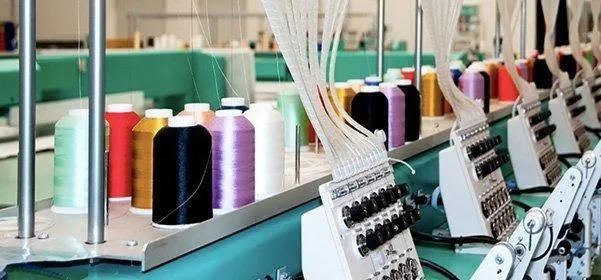
1. Pattern design in apparel
Pattern design is the first step to creating an original. The first standard prototype for a product from which to increase the size up and down by the size and to produce a series of finished products. There are 2 types of pattern designs:
- Hand-made pattern: with hard paper materials, pens, rulers, scissors and standard formulas will create the first standard template according to European, Asian, or Vietnamese forms;
- Pattern design by machine: is based on software specifically used for the garment industry such as Gerber, Optitex, etc. The advantage is saving time when the computer will allow you to jump size, run diagrams.
2. Cutting, spreading cloth – The indispensable work
Once there is a pattern, we can turn a rough canvas into a finished product of clothes, dresses, skirts, etc. The purpose of this stage is to transform the shape of the raw material from sheet to piece ( semi-finished products), to prepare raw materials for the sewing process.
Cutting can affect the quality of the finished product.
All defective semi-finished products at the cutting stage will be removed
Ensuring technical requirements of semi-finished products (sufficient quantities, the right sizes, the right specifications, ..).
Facilitating semi-products through sewing is easier.
There are two ways to cut the fabric into semi-finished products:
- Cut the fabric with a hand-held cloth cutter.
- Cut the fabric with an industrial cutter.
3. Sewing semi-finished products into finished products
When all the semi-finished products are sewn, the sewing department will be responsible for assembling the semi-finished products into finished products. Depending on the type of product is a shirt, pants, dress, skirt or jacket and depending on the material of the product, there will be different types of sewing:
Sewing squeezed. It’s like a hook. From one to two stitches of the needle to one or two threads of the hook, it will form fasten chains on the underside, back, and the edge of the product, preventing the product from being flung.
Double-chain hook stitches. The stitch is the shape made by a stitch of the needle, and 1 stitch of the hook forming the chain under the material. The next stitches will form the stitch. The advantage of this seam will help the product to have great elasticity, taking up less space.
Single-stitch hook. The 1st stitch of the needle creates a locked loop underneath the layers of a material called a single chain stitch. This seam has poor durability, is easy to slip, so it is suitable for attaching buttons, sewing submerged seams.
4. Ironing, pressing garment products
Ironing and pressing of finished products are one of the most important stages in the production process of finished products. This stage helps the product to achieve high quality and aesthetic.
Because it is an important stage, it will directly affect the quality of raw materials. If done incorrectly, it will cause degradation of raw materials such as shrinkage, discoloration, burning of finished products, etc. Reduce the quality of the product.
Some methods of ironing and pressing
In terms of technological purposes
– Ironing design: shaping products in ways of bending, double compression, stretching. Creating bulging certain positions on the finished product.
– Flat ironing: reduce wrinkles caused by previous stages. Remove incorrect shape on the fabric surface.
In terms of working progress
-Air fabric after cutting into semi-finished products.
-After finishing sewing.
-Create the final design of the finished product.
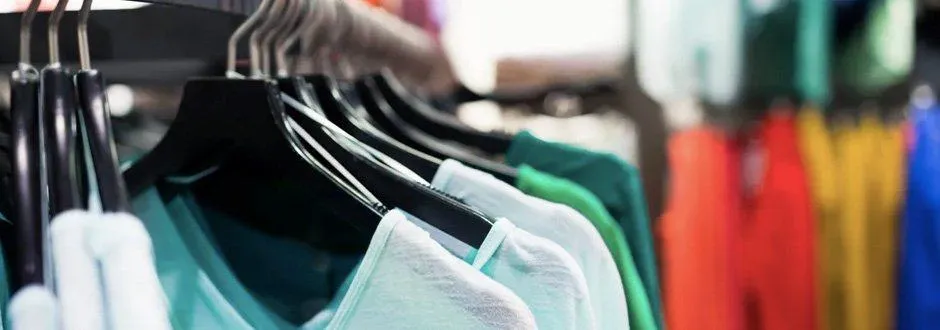
5. Inspection of finished products
Quality inspection of finished products is the final stage to check that products are capable of meeting certain needs in accordance with their uses.
Testing methods
According to the stage
-Check the semi-finished products after cutting.
-Check the finished products at the end of sewing.
By location
-The fixed inspection of all objects is taken to the testing site to determine the quality.
– Unexpected inspection on each working stage helps to improve the stability of product quality in each process.
-Regular inspections help detect the causes of defective products, repair them and remove them promptly.
6. Managing garment production
Manufacturing management is an indispensable job in all industries. The task of the production staff is to ensure that the order will be on schedule, quality, designs meet the standards and plans. Working process of production management staff:
– Receive orders from sales, production programming.
– Estimates of time and budget. Guaranteed goods as originally estimated.
– Making reports in the production process.
– Assign work to subordinate production lines.
– Planning coordination, selecting materials and raw materials.
– Testing, evaluating and overcoming goods errors before products reach customers.
7. Characteristics of the garment industry
The garment industry is an industry that meets and satisfies the needs of people, so the finished products are very diverse. Therefore, this industry needs a lot of manpower and many different qualifications.
The working environment must be in contact with many machines and equipment. Different materials require workers to have a high concentration, adaptability. Each stage will belong to different parts, so the ability to work in groups is also an essential element.
Due to the quality of work and working environment, it requires workers to be in good health. High work ethic, responsibility, and high-pressure tolerance.
8. The specific industry of garment industry
In the current garment industry, there are many separate industries so that employees are able to develop their own strengths, not just the product as we often think. Some specialized transfer jobs:
– Sample design, sample development, sample research.
– Directing, proposing technical and production work.
– Business management.
– Quality management, order management
– Assessing the quality of the finished product.
– Valuation of finished products, products.
– Managing small parts in sewing: team leader, leader.
– Self-opening workshops, tailors.
Currently, garment companies and enterprises have a series of production lines invested with advanced machines so workers will be instructed. Training to improve skills. If capable, the ability to advance. Self-development will be very high as most of the garment industry companies are now cooperating or foreign investors.
